This post provides you the steps to troubleshoot and help you fix freezing and buffering issues on MAG IPTV Boxes.
If you own an IPTV set-top box, such as the common MAG 250, MAG 254, MAG 322 or MAG 410, you might be one of the users who often encounter image freezing or sluggish channel loading.
It’s a nuisance because it can ruin your television viewing experience which, if constant, makes watching TV shows and movies almost impossible.

The live TV setup is disrupted by constant freezing and sluggish loading, and you end up turning it off.
But don’t give up because there are normally a few quick checks you can do to fix this issue and get your MAG box running at peak capacity so you can watch shows with uninterrupted downloading with no freezing.
In this post, we’ll walk you through all of the steps needed to properly identify why your MAG box is freezing and what you can do to fix it.
Continue reading to learn how to resolve this problem, or skip ahead to one of the sections below that best fits your needs.
- You can read more about Android TV Boxes in Canada – https://www.wittyedge.com/best-android-tv-box-canada/
- If you are looking for a stable IPTV service, find out at: https://www.wittyedge.com/iptv-subscription-providers-canada/
Page Contents [Show]
Check Internet Speed
Slow loading, constant channel buffering, or freezing is often caused by a bad quality or slow net speed.
As a result, it is advised that you first review your home internet connection to ensure that you have enough bandwidth to watch live IPTV streaming to your MAG box.
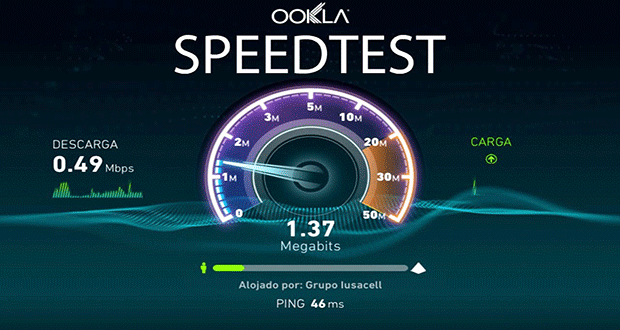
If you don’t, there’s no point in doing any further diagnostics on your MAG box, if your broadband is actually unsuitable for streaming.
So, first and foremost, whether you have a laptop PC or Apple Mac attached to your home Wi-Fi network or directly via ethernet, use an online speed measurement app like Speedtest.net.
If you only have a handheld computer, such as a phone or tablet, download and update a suitable app, such as the Ookla SpeedTest app.
Quickly run the speed test on a desktop PC or Mac, laptop, or handheld computer and examine the results.
To be able to stream live tv smoothly and without lag, you should have an Application Speed of at least 5-10 Mbps, but in an ideal world, you should have a download speed of 20 Mbps or higher.
If your speed test results are low, we suggest that you talk with your internet service provider about upgrading your broadband connectivity, or that you move to a better plan or switch broadband providers entirely.
If your internet access speed appears to be adequate, proceed to the next section.
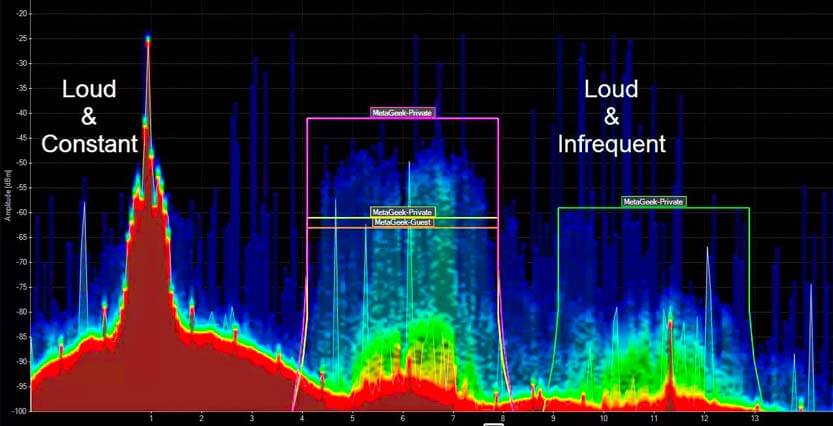
Reduce Wi-Fi Interference
Many Canadians are unaware that Wi-Fi operates on basic radio frequencies. These frequencies are extremely susceptible to interference, particularly if there are several other Wi-Fi signals in close proximity that may be operating on the same or similar frequencies to yours.
People who live in apartment buildings, for example, often experience Wi-Fi signal interference.
With scores of neighbours operating their own personal Wi-Fi networks, you might end up living in a sea of Wi-Fi networks all competing for signal visibility.
As a result, it’s no wonder that signal leakage may be a major annoyance. Fortunately, there are a few things you can do to change the situation.
Change Wi-Fi Channel
You can change the Wi-Fi channel your network, if you have direct administrator access to your Wi-Fi router. By doing so, you can choose a channel with less interference and receive a higher-quality signal to your MAG box.
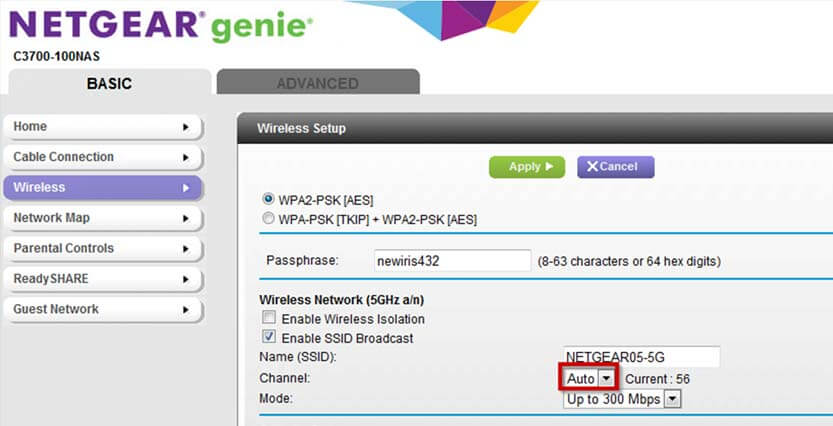
Most Wi-Fi routers support administrative access through a browser. If you’re not sure how to do this, consult your router’s user manual and follow the directions.
Switching Wi-Fi channels is much simpler than it seems, and it can help increase Wi-Fi speeds in your home. You might need to try out a few different networks to see which ones fit well.
Many Wi-Fi administration systems show local interference, which can give you a clear idea of which channel to use. However, since most Wi-Fi routers automatically choose the right channel to use, this does not fix the buffering issues.
Upgrade Your Wi-Fi Router
If you have an older Wi-Fi router, it might not be up to the task and deliver. Older models communicate at slower speeds, while newer models deliver much stronger signals at transmitting rates of about 450Mbps or higher.
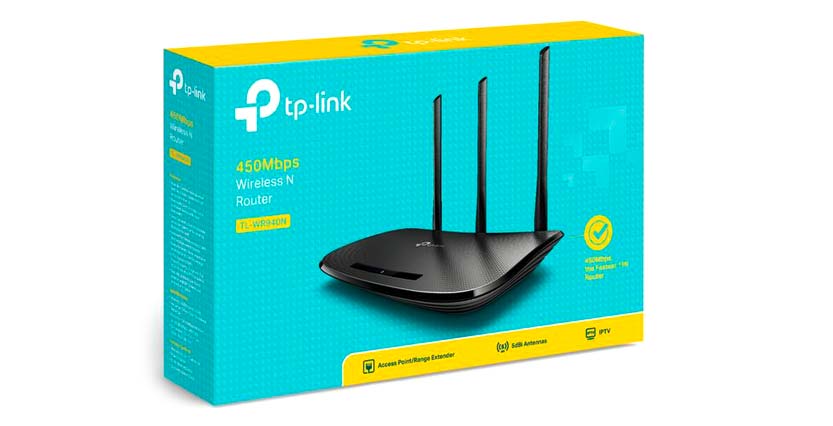
Older models may only have a single transmitter that fails to generate a strong signal, whereas newer models may have several antennas that help produce a stronger signal.
If you think your Wi-Fi router is out of date, it might be time to upgrade to a newer model.
Change Wi-Fi Dongle
If you are certain that your home Wi-Fi network is secure and strong, the problem may be with the Wi-Fi dongle attached to the USB port on your MAG box.
To begin, ensure that it is properly seated and completely inserted into the USB port located at the front or rear of our MAG box.
However, ensure that the dongle is compliant with the speed and radio frequency of your Wi-Fi network.
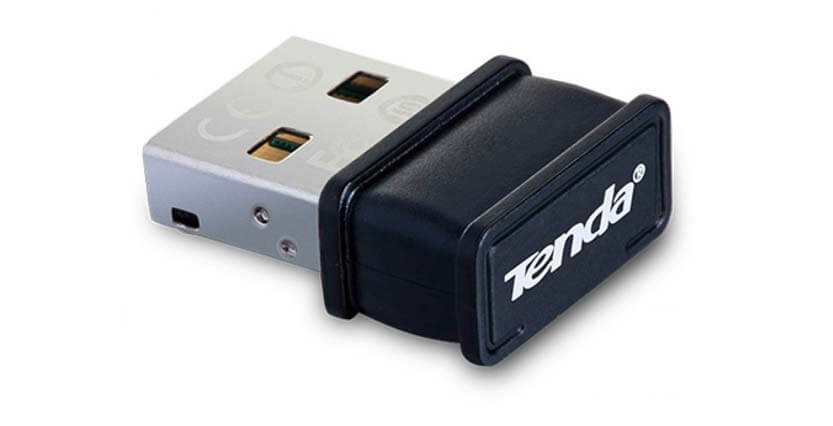
If you have an older Wi-Fi dongle, you can consider upgrading to a newer one that can accommodate a broader variety of Wi-Fi signals and speeds.
Some incompatibilities would almost certainly trigger latency.
Switch to an Ethernet Connection
If you want to totally avoid problems caused by a bad Wi-Fi router or signal interference while significantly the network speeds, a direct ethernet link is by far the better option.
When it comes to a stable, quick, and secure network link, nothing beats good old-fashioned cables. Wi-Fi is great for handheld computers, but for set-top boxes like the MAG 250, 254, 322 or 410, it can only rest on your media centre.
So, why use a Wi-Fi link when a direct ethernet connection is much more secure, quicker, and free of interference?
If you have any questions about the efficiency of your home Wi-Fi network, we suggest converting it to ethernet to erase them entirely. Ethernet connections are much more secure and efficient than any kind of Wi-Fi link – period.
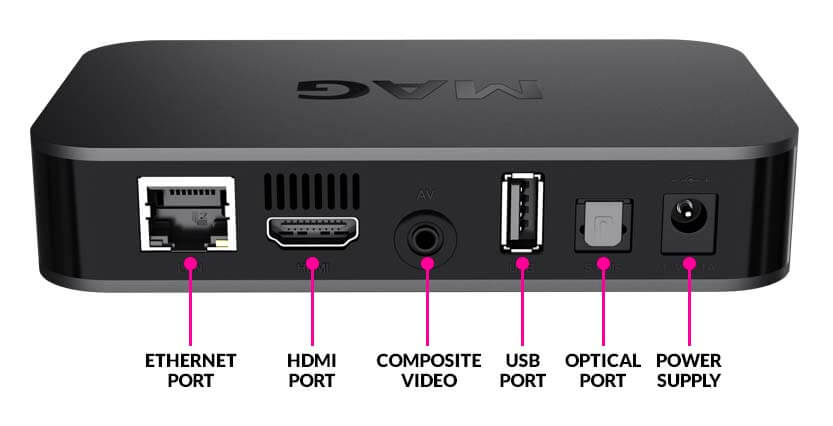
Many people dislike having cables running into their homes, so if you want the highest results from your MAG box, use ethernet!
Here’s what you can do….
To begin, you’ll need a high-quality RJ45 cable long enough to connect the back of your MAG box to your Wi-Fi router.
The nearest the router is to the MAG box, the shorter the cables and the less mess.
Attach one end of the RJ45 cable to the rear Ethernet port on the back of your MAG set-top box.
Attach the other end of the cable to a spare Ethernet socket on the router’s back panel.
Once all ends are wired, switch on your TV and the MAG set-top box.
Wait for the MAG box to completely boot before proceeding to the Home screen and performing the following steps:
- Click the left arrow button on the remote control, scroll over to “Settings,” and press “OK.” Then, on the next page, select “Wired (Ethernet),” and press “OK.” Finally, select “Auto (DHCP),” and press “OK.”
- Once you’ve finished these steps, restart your MAG set-top box for the updates to take full effect.
When your MAG box has completely restarted, consider viewing a channel that was recently prone to freezing or slow loading to see if the problem has changed. In most cases, switching to an Ethernet network can result in a significant difference.
If not, there might be a few more questions to work out.
Change Buffer Size
If you’ve performed all of the aforementioned checks, made updates to your Wi-Fi setup, and have connected to ethernet and are still experiencing image freezing or buffering, the only remaining problem that could be triggering picture freezing or buffering is the settings on your MAG box itself.
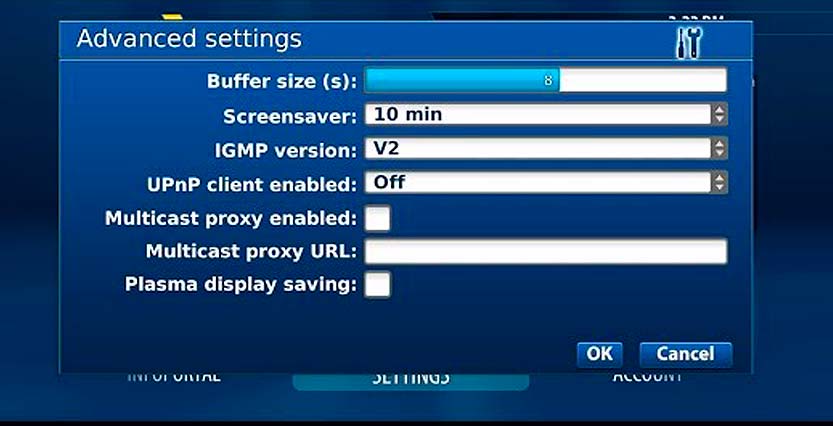
It is very popular for users to fiddle with buffer settings without fully comprehending the consequences, thus complicating the situation.
MAG boxes, for example, would understandably need to buffer additional data before playing pictures on slower internet access rates.
Buffering or pre-loading data isn’t mandatory on quicker connections. If the options are not configured properly, then it affects your MAG boxes to play live content quickly, smoothly and consistently.
So, depending on your Wi-Fi or Ethernet network, as well as the speed of your internet service, you can need to update your settings.
If your network is fast, you won’t need to buffer much, if any, data.
However, if your network is slow, you can need to buffer more data. Freezing happens as the MAG set-top box fails to buffer enough data to replay the content smoothly.
As a result, we must adjust the MAG box buffer capacity. If your network speed is fast but your channel loading is sluggish, your buffer is simply set way too high and needs to be reduced.
To adjust the size of your buffer, follow these steps:
- Click the left arrow button on your remote to scroll to “Settings” and press “OK” then press the down arrow button to highlight “Advanced Settings” and press “OK” with the left or right arrow keys, adjust the buffer length in seconds to accommodate when done, and press “OK” to save the changes.
- Choosing the right buffer size is not an absolute science, so some trial and error and common sense will be needed.
If, for example, your buffer was set to zero seconds and your internet link was weak and images were freezing, you may need to dramatically increase it.
Although your buffer was set to a high value and your internet access is relatively fast, it most likely needs to be reduced or eliminated entirely. Experiment with a few different combinations before you strike the best balance.
Video to fix Buffer on MAG BOX
You can check out this video that clearly explains the steps to easily fix the buffer and image shuttering issues you encounter on your MAG Box.
https://www.youtube.com/watch?v=0T4umfWJ4XM
Conclusion – How to Fix Freezing and Buffering on MAG Box
With this, we have quickly listed out the ways on how you can troubleshoot the steps to fix slow loading and buffering on your MAG IPTV Box.
You should be able to overcome slow loading or freezing images on your MAG set-top box with these updates.
These fixes are applicable on all versions, including the MAG 250, 254, 322 and 410.
There is no way of knowing which alternative would be better for you, but in most situations, one or more of the solutions mentioned above should be able to solve your problems.
From then on, you should be able to watch your favourite shows without freezing or having to wait for the channel to load fully.
If you are unable to resolve the problem after attempting any of the above solutions, you may need to request expert advice from the manufacturer or product seller.